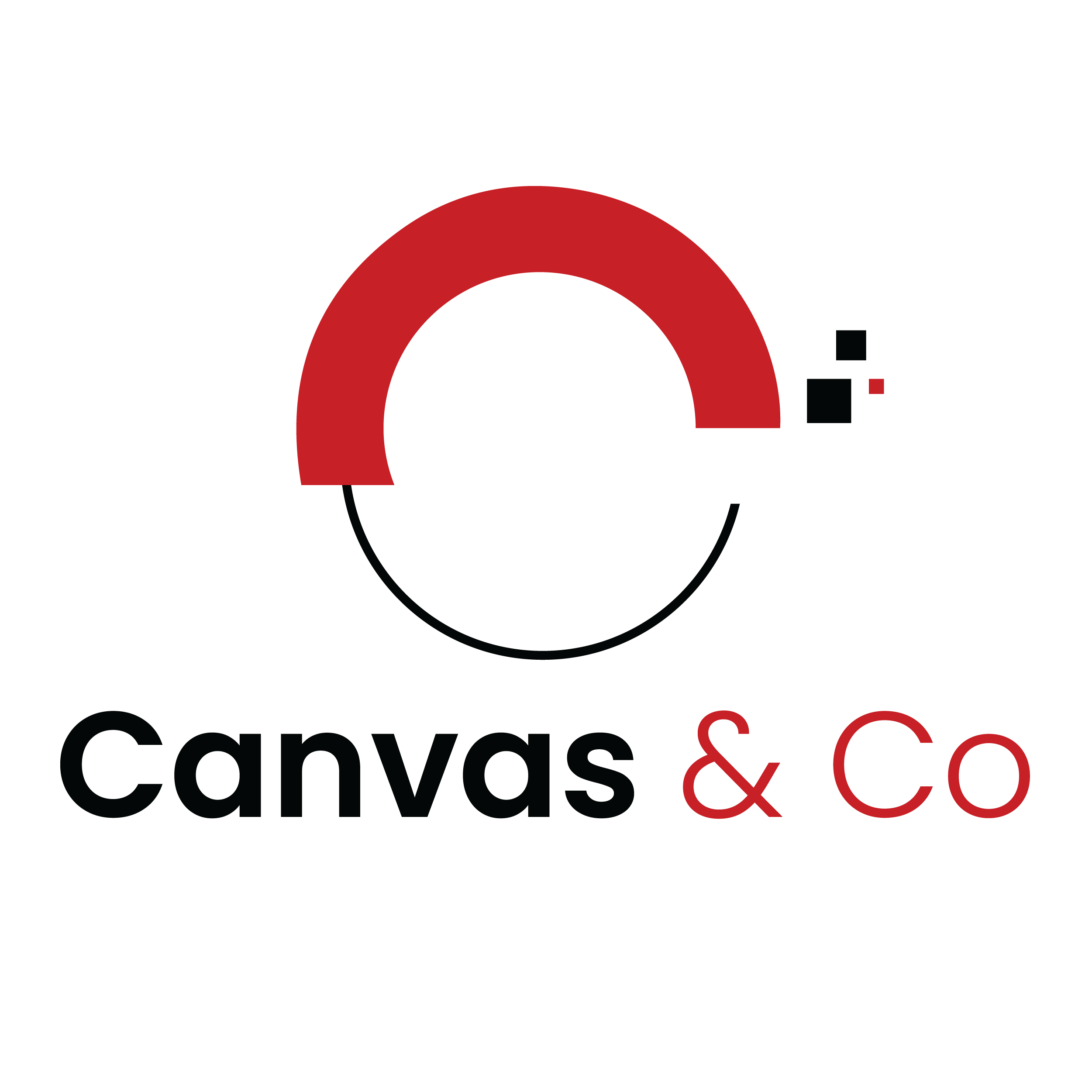How Visual Storytelling Fuels Modern Brand Building
In today’s relentlessly scrolling, visually saturated digital landscape, brands are fighting harder than ever to capture and retain attention. Gone are the days when a clever tagline or a well-written mission statement alone could forge a deep connection with consumers. Today, the brands that truly resonate are those that master the art of visual storytelling. As a creative house dedicated to building and elevating brands, we understand that visuals are no longer just an aesthetic add-on; they are the very fabric of how your brand communicates, connects, and ultimately, converts.
The Brain is Wired for Visuals:
The science is clear: our brains process visual information far faster and more effectively than text. Studies show that the human brain processes visuals 60,000 times faster than text. Furthermore, people remember 80% of what they see and do, compared to just 20% of what they read and 10% of what they hear. In a world of information overload, this inherent visual preference is a powerful tool for brands. Visual storytelling taps into this primal aspect of human cognition, allowing brands to convey complex ideas, evoke emotions, and leave lasting impressions in a fraction of the time it takes through text alone.
What Exactly is Visual Storytelling in Branding?
Visual storytelling in branding goes beyond simply using attractive images or videos. It’s about strategically crafting a narrative through visual elements that aligns with your brand’s values, personality, and target audience. It encompasses a wide range of mediums, including:
Photography: High-quality, authentic photography that captures the essence of your brand, its products, or its customers. Think lifestyle shots that evoke aspiration, behind-the-scenes glimpses that build trust, or product photography that highlights key features and benefits.
Example: A sustainable clothing brand using photos of ethically sourced materials and the artisans who craft them, telling a story of conscious production.
Videography: Dynamic and engaging videos that can showcase your brand’s story, product demonstrations, customer testimonials, or even short, impactful narratives that resonate with your audience’s emotions.
Example: A travel company creating short videos showcasing breathtaking destinations and the unique experiences they offer, igniting wanderlust.
Infographics and Data Visualizations: Transforming complex data or information into easily digestible and visually appealing formats. This can establish your brand as a knowledgeable authority and make intricate topics accessible.
Example: A marketing agency using an infographic to illustrate the ROI of different social media platforms.
Illustrations and Animations: Unique and stylized visuals that can add personality and memorability to your brand. Animations can be particularly effective in explaining processes or showcasing product features in an engaging way.
Example: A tech startup using playful animations to explain the functionality of their new software.
* User-Generated Content (UGC): Encouraging customers to share their experiences with your brand through photos and videos. This builds authenticity and social proof.
Example: A food delivery service reposting customer photos of their delicious meals, creating a sense of community and showcasing real-life satisfaction.
Brand Design Elements: Your logo, color palette, typography, and overall visual identity are crucial elements of your visual story. They should consistently communicate your brand’s personality and values across all touchpoints.
Example: A minimalist logo and a muted color palette conveying sophistication and reliability for a financial consulting firm.
Why is Visual Storytelling Crucial for Modern Brands?
In today’s competitive market, visual storytelling offers numerous advantages:
Grabbing Attention: In a feed filled with content, compelling visuals are the first thing that stops the scroll. Eye-catching imagery and engaging videos can cut through the noise and draw users in.
Enhancing Memorability: As mentioned earlier, visuals are more easily remembered than text. A strong visual story can leave a lasting impression on your audience, making your brand more recognizable and top-of-mind.
Building Emotional Connections: Visuals have a powerful ability to evoke emotions. A carefully chosen image or a well-crafted video can make your audience feel empathy, excitement, trust, or aspiration, forging a deeper connection with your brand on an emotional level.
Simplifying Complex Information: Visuals can communicate complex ideas or processes in a clear and concise manner, making it easier for your audience to understand your brand’s value proposition.
Boosting Engagement: Visually rich content tends to receive higher engagement rates on social media and other platforms, leading to more likes, shares, and comments, ultimately increasing your brand’s reach.
Strengthening Brand Personality: Consistent visual elements help to build a distinct and recognizable brand personality. The style of your photography, the tone of your videos, and the overall aesthetic of your visual content contribute to how your brand is perceived.
Improving SEO: While search engines can’t “see” images and videos in the same way humans do, optimizing your visual content with relevant file names, alt text, and captions can improve your website’s SEO and make your brand more discoverable.
Driving Conversions: Compelling product visuals, customer testimonials in video format, and visually appealing landing pages can significantly influence purchasing decisions and boost conversion rates.
Crafting Your Brand’s Visual Story:
Developing a powerful visual storytelling strategy requires a thoughtful and strategic approach. Here are some key steps:
Define Your Brand Narrative: Before you start creating visuals, clearly define your brand’s core values, mission, and the story you want to tell. What are the key messages you want to convey? What emotions do you want to evoke?
Understand Your Target Audience: Who are you trying to reach? What are their interests, preferences, and visual tastes? Tailor your visual style and content to resonate with your ideal customer.
Develop a Visual Style Guide: Create a consistent visual language for your brand, including guidelines for photography, videography, color palettes, typography, and graphic elements. This ensures a cohesive and recognizable brand identity across all platforms.
Plan Your Content Pillars: Identify the key themes and stories you want to tell through visuals. These could be related to your products, your company culture, your customers’ experiences, or your brand’s values.
* Invest in Quality: While authenticity is important, the quality of your visuals matters. Invest in professional photography and videography when necessary, and ensure that all your visual content is well-produced and visually appealing.
* Be Authentic and Real: In today’s world, consumers value authenticity. Avoid overly staged or generic stock photos. Instead, focus on capturing genuine moments and telling real stories.
* Optimize for Different Platforms: Tailor your visual content to the specific requirements and best practices of each platform you use. What works well on Instagram might not be as effective on LinkedIn.
* Encourage User-Generated Content: Actively encourage your customers to share their experiences with your brand visually. This not only provides valuable social proof but also creates a sense of community.
Measure and Analyze: Track the performance of your visual content. Which types of visuals resonate most with your audience? Which ones drive the most engagement and conversions? Use these insights to refine your strategy.
Stay Current with Trends: The visual landscape is constantly evolving. Stay informed about the latest trends in visual design, photography, and video to keep your brand’s visual storytelling fresh and engaging.
The Future of Visual Storytelling:
As technology continues to advance, the possibilities for visual storytelling in branding will only expand. We can expect to see even greater use of immersive experiences like augmented reality (AR) and virtual reality (VR), interactive video content, and AI-powered visual creation tools. Brands that embrace these innovations and continue to prioritize compelling visual narratives will be the ones that stand out and build lasting connections with their audiences.
In Conclusion:
In the modern marketing landscape, visual storytelling is not just a trend; it’s a fundamental requirement for successful brand building. By understanding the power of visuals and strategically crafting compelling visual narratives, brands can capture attention, build emotional connections, simplify complex information, and ultimately drive meaningful engagement and conversions. As a creative house, we are passionate about helping our clients harness the transformative power of visual storytelling to elevate their brands and connect with their audiences in profound and lasting ways. It’s time to move beyond words and let your brand’s visual story speak volumes.


Leave a Reply